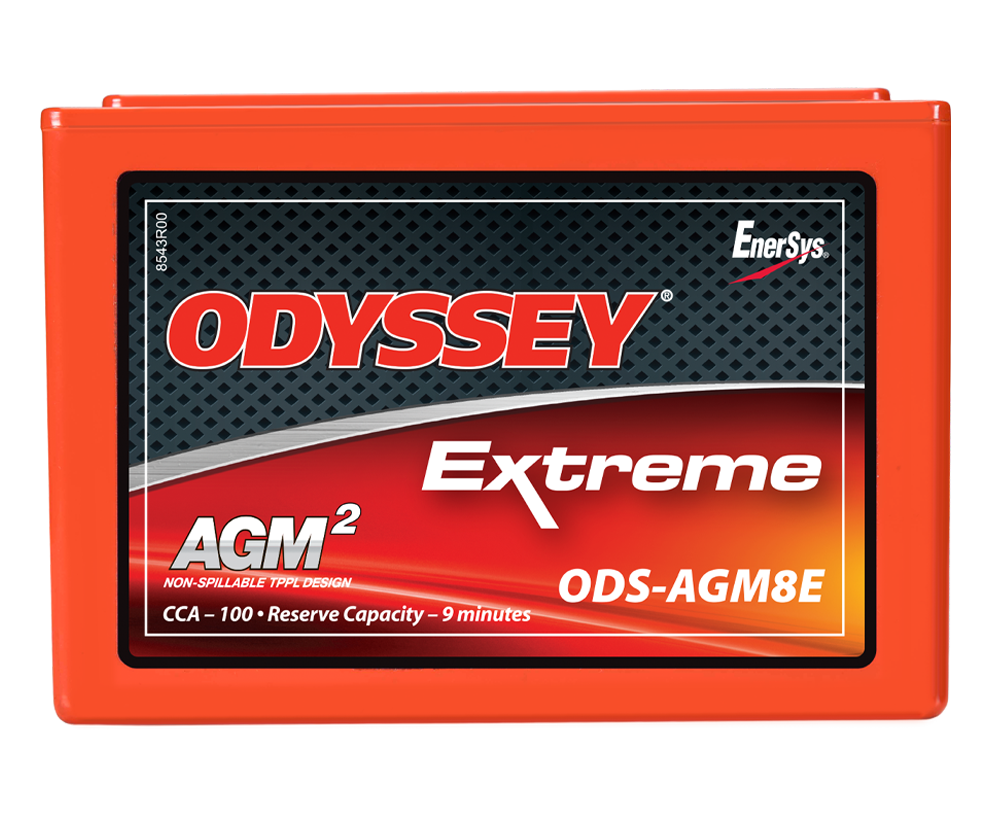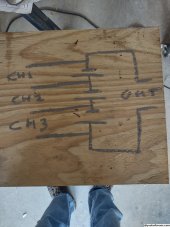Hedges
I See Electromagnetic Fields!
- Joined
- Mar 28, 2020
- Messages
- 20,701
We were using this battery connected in series to 24v and getting to 20+ mph https://www.vmaxtanks.com/V30-800-Deep-Cycle-High-performance-AGM-Battery-_p_46.html
Swapping out batteries or using capacitors are not permitted and all charging/running gear must be mounted on the kart as it runs. Panels and charging system.
OK, 2 of those batteries approaches allowed capacity.
It is meant for deep cycle cyclical use. You only care about a couple races. A battery optimized for automotive starting use, abused with near full discharge, may give better performance for your small number of races.
Seven of these in series for 84V, 700 Wh, 7 kW (under CCA conditions)?

ODS-AGM8E - ODYSSEY Battery
Powersport vehicles need a powerful battery that's built to take the constant pounding that comes with the territory, whether it's is on land, sea, or snow. The ODYSSEY battery can handle it. Featuring rugged construction and packed tightly with pure lead plates, the non-spillable AGM design...
www.odysseybattery.com
Power tool batteries, and batteries used for racing toys, may be more optimized for high current discharge rates than the other lithium batteries you see. Scooter batteries too, as someone mentioned. Known to catch fire, so provide some protection.






